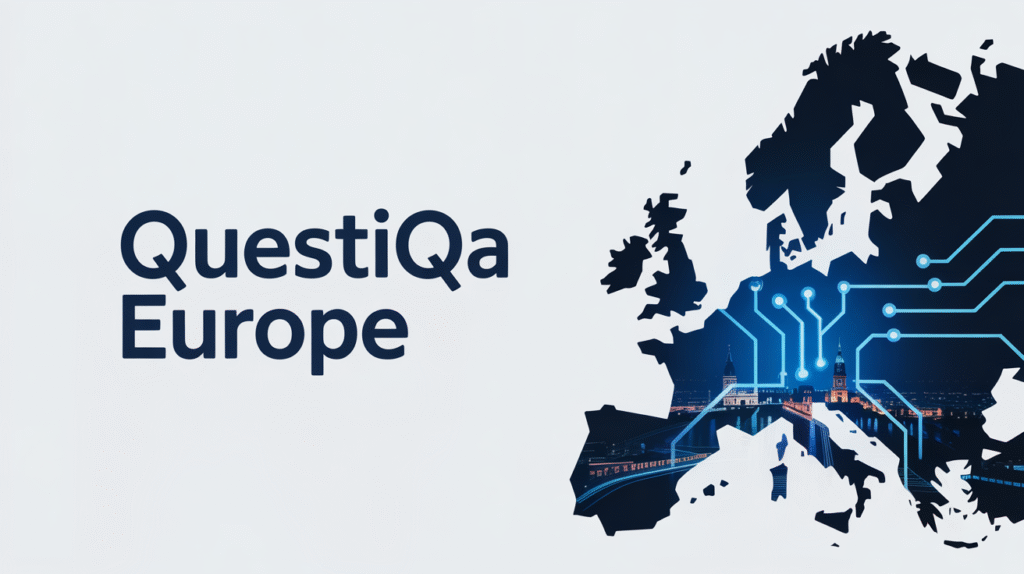Summary – Container exports from Asia to Europe increased by 16% in May, reaching 1.81 million TEUs, indicating a significant boost in transcontinental trade flows.,
Article –
In May 2025, container exports from Asia to Europe saw a substantial increase of 16% year-on-year, reaching 1.81 million TEUs (twenty-foot equivalent units). This rise indicates a significant boost in transcontinental trade flows, as reported by the Japan International Freight Forwarders Association (JIFFA).
Key Participants
- Asian exporters – Major suppliers of containerized goods bound for Europe.
- European importers – Recipients adapting to the growing volumes of imports.
- Freight and logistics companies – Facilitators of the transport and distribution of goods.
- Japan International Freight Forwarders Association (JIFFA) – The organization providing trade data.
- Key ports – Including the Port of Osaka in Asia and various European ports adjusting infrastructure.
- European Union (EU) – Monitoring and coordinating economic policies related to trade flows.
European Reactions
European stakeholders have responded positively to the surge in container exports. The European Commission views the growth as a sign of economic stability and improving trade relations amid global market uncertainties. Additionally, the European Port Association is preparing infrastructure upgrades to handle the increased import volumes, while logistics firms are strategizing to improve freight handling and distribution efficiency.
Future Outlook
Looking ahead, the collaboration between Asian exporters and European importers is expected to strengthen to maintain efficient supply chain operations. The EU plans to work closely with port authorities and logistics providers to expand port capacity and enhance operational effectiveness.
JIFFA will continue to track container trade data to determine if this positive trend persists, keeping an eye on possible challenges such as seasonal demand changes and geopolitical factors. European policymakers might also consider reinforcing trade facilitation measures to support this momentum.
Overall, this development is poised to positively impact regional economies, boosting industrial production and ensuring consumer availability of diverse goods. Stakeholders within logistics and trade sectors should closely monitor ongoing trade volumes for strategic adjustments.
Stay tuned to Questiqa Europe for further updates and detailed reports.

More Stories
UK Travelers Gain New Cabin Bag Allowance for European Flights
UK Holidaymakers Gain New Cabin Bag Allowance for European Flights
UK Travelers Gain New Cabin Bag Allowance on European Flights